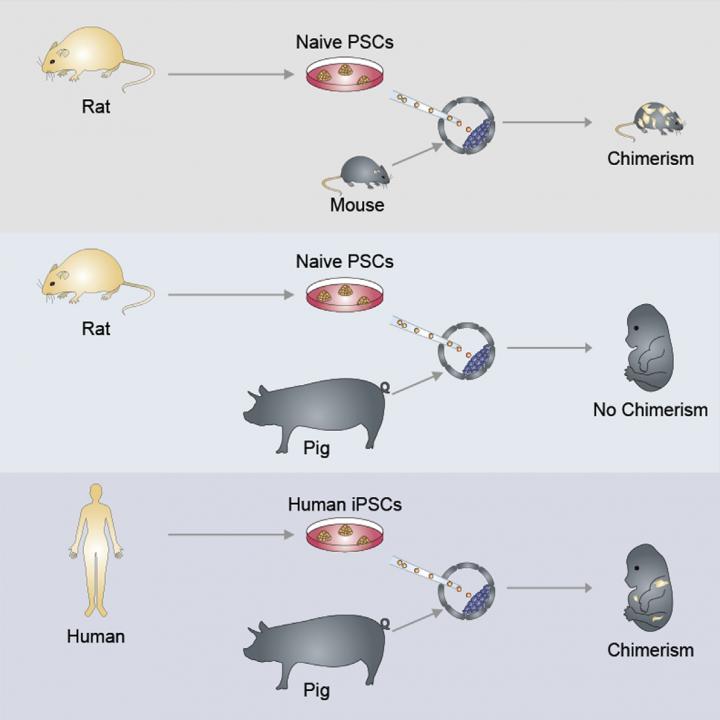There are currently 119,000 people awaiting an organ transplant in the United States. With traditional means of receiving a transplant, people can wait many months, even years before a viable donor is available, and even then it’s a matter of whether the transplant will be a success. Now, as we move further from fiction into the reality of our modern medical pursuits, researchers have successfully grown human cells inside of early stage pig embryos. The result is a human-pig hybrid, or what are known as interspecies chimeras.
Though this experiment is in its infancy (yes, that’s a pun) there are still almost innumerable developments required before such a technique can be utilized to produce fully functioning human organ transplants.
What may seem like some real-life Dr.Moreau situation is actually far more medically significant than many realize. Besides the increasing ability to 3D print synthetic human organs, growing them in other organisms without the need for a human donor could create transplants that would save thousands of lives. In order to understand this research and the team’s most recent experiment, we’ll look at what developments lead up to the successful creation of human-pig chimeras.
Steps Toward Interspecies Chimeras
This team of Salk Institute researchers, led by Juan Carlos Izpisua Belmonte has been working on the steps to make this latest success a reality. In the study published in the journal Cell, Izpisua Belmonte said,
“We have shown that a precisely targeted technology can allow an organism from one species to produce a specific organ composed of cells from another species.”
Using CRISPR-Cas9 technology, a newly developed and wildly versatile gene-editing technique, researchers were able to turn off the genes that produce a pancreas in mice. By then inserting rat stem cells into these mice, a significant number were able to grow pancreases and develop normally otherwise. Similar experiments also allowed mice to develop the gallbladders of rats – an organ they don’t even possess naturally! Explained by Jun Wu, a team member behind the experiments:
“Our rodent experiments reveal a profound secret, that a developing mouse was able to unlock a gallbladder developmental program in rat cells that is normally surpassed during rat development.”
Next, the team had shown that human stem cells could be successfully integrated into mouse embryos, thereby proving that human DNA could be developed inside another species. These were the first human-hybrid, interspecies chimeras ever created anywhere in the world.
Now with this most recent research, Izpisua Belmonte and his team have implanted human induced pluripotent stem cells (iPSCs) into pig embryos. Four weeks of gestation in a healthy sow revealed that the human cells were starting to specialize and become the genetic precursors to human tissue. Considering that pigs are large enough animals to develop fully grown human organs, this breakthrough brings us closer to producing genetically compatible transplants.
The Ethics of Human-Pig Hybridization
Though it seems obvious, research of this sort broaches a variety of safety and ethical concerns. A significant amount of resistance comes from the fear of viruses transferring between species, jumping a barrier closed to them previously. There’s also the notion of mixing human and pig tissues that just seems downright icky to many people. Perhaps the most interesting concern is over whether this hybrid pig could develop more human-like brains. Lest we forget “four legs good, two legs bad.” Notably, the interspecies chimeras in this experiment were terminated after 28 days, or the first trimester for pigs to avoid these ethical issues.
All dystopian scenarios aside, it’s important to note that 22 people die every day in the United States as they await a suitable organ transplant, with one new person added to a wait list every 10 minutes. As the National Institutes of Health works to lift their previously issued moratorium on interspecies chimeras, it’s important to follow this research and understand the potentials in medicine, ethics, and evolutionary biology as they intersect themselves.

